
views

Develop confidence in your problem solving skills. Confidence is the first and most prominent task to solve the circuit problems. Believe that you can solve the problems, then, ultimately, the formulas, information and ideas will come to your mind.
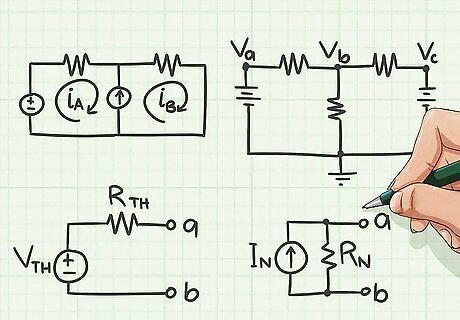
Gain knowledge of mesh analysis, nodal analysis and some theorems like Thevenin equivalence, Norton equivalence, and superposition.

Examine the problem carefully. Look at the circuit and be clear about what is to be determined.

Write down all the givens, organize the information and think about the best way to attack the problem.
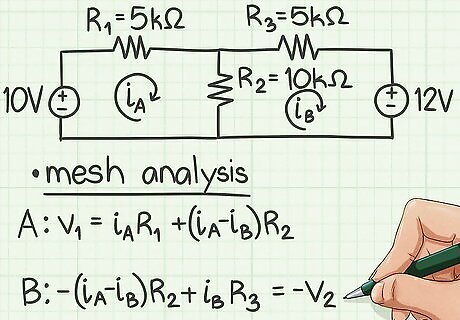
Work out the possible solutions on paper. Normally, there are many ways to solve a circuit but there are only one or two easy ways to the solution.

Keep the overview of the problem in sight. Remember, while solving circuits, to slowly review the solution process in your mind. This will lead you to the next step in your solution. It is part learned attack strategies and part insight. The most helpful problem-solving skills will be developed over many sessions and by acquiring a good understanding of circuit theory and the transforms and simplifications that are available.
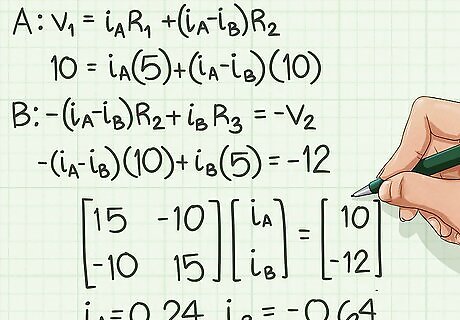
Develop your set of equations. Remember that you are working with a set of equations and can use linear algebra techniques and matrix manipulations to easily extract a solution or solution sets. If you are not familiar with linear algebra, take the time to learn the techniques, particularly Cramer's rule, and to develop proficiency. This tool will speed your analysis immensely.
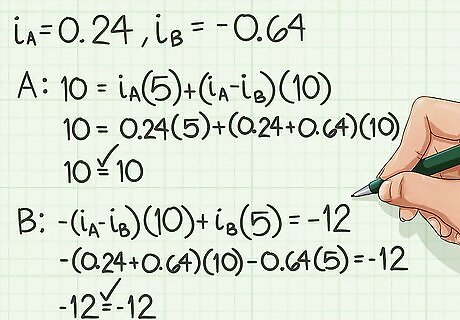
Check the answers. First, ask yourself if the answer seems reasonable. Remember, most solutions are physically possible, though not all. Use the substitution method to verify your answer.
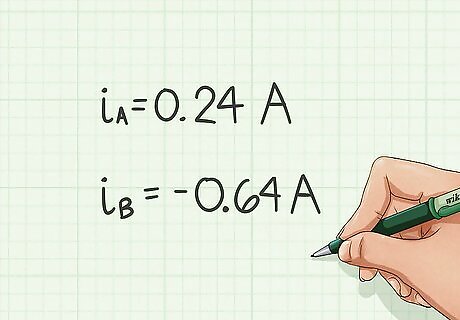
Record your answer in the required format and include the proper units.


















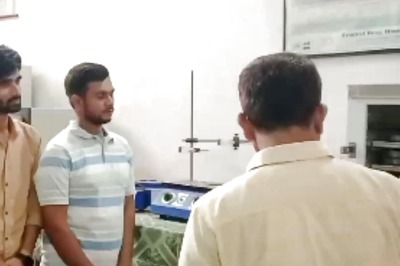

Comments
0 comment